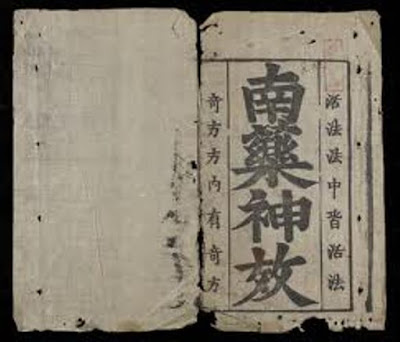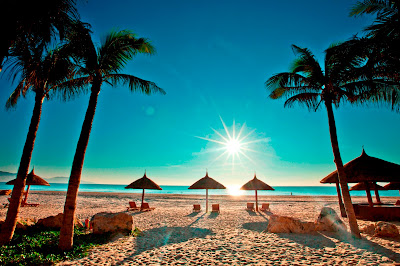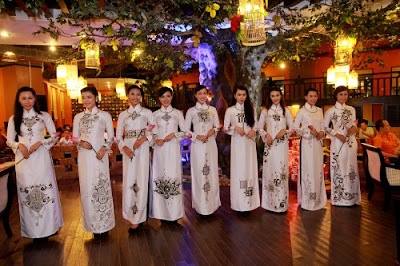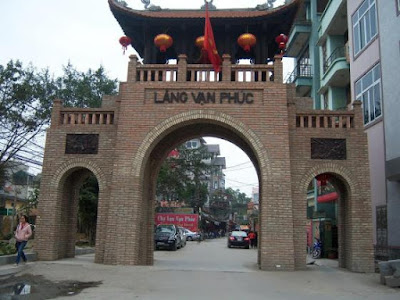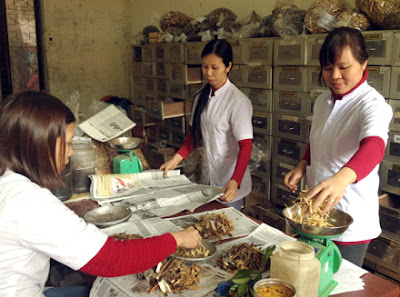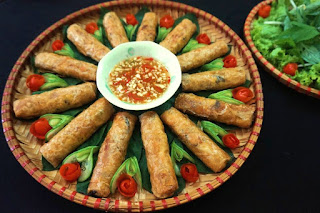What is Hải Thượng Lãn Ông's most important contribution to Vietnamese medicine?

Medical science in Việt Nam progressed through contributions by Lê Hữu Trác (1702 - 1791), better known by his pseudonym Hải Thượng Lãn Ông. A learned scholar, he shunned a mandarin's career, retiring to his village, where he devoted his life to the study of medicine. Following decades of observation and study, he wrote a medical treatise in 28 volumes, whose parts include: a theoretical section; a section on pathology, with special studies on smallpox, measles, infantile diseases, women's diseases; a section on drugs; a section on pharmacology; a collections of clinical observations; a section on hygiene. Lãn Ông laid the foundation of medical practice based on observation of clinical facts, climatic conditions, and the properties of local plants and products. his observations and formulas remain of great value. Lãn Ông understood classical Chinese medical theories, but relied mostly on observation. He collected his medical data with great care so he could compare ...

